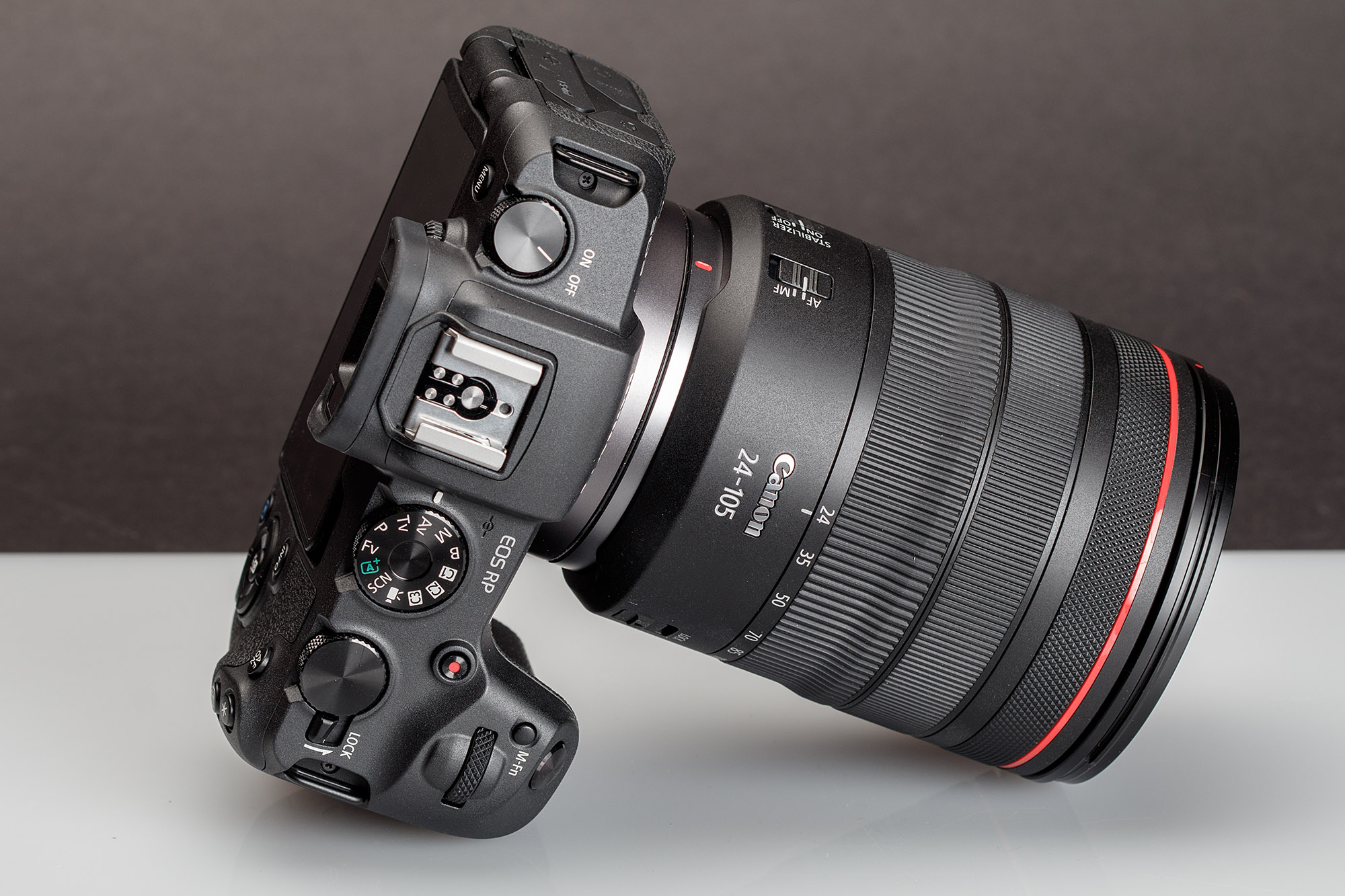If you ask someone about the most popular beginner full-frame camera, it'll be Canon RP. Today's not an unboxing day, because I unboxed Canon RP nearly 2 years ago. Today my goal - describe my opinion and thoughts about this camera.
After two years and thousands of shots using this camera in my photography journey, I can provide an honest, experience-based review. This camera has been my primary tool for learning aperture priority techniques and photography fundamentals.
Concerns
The camera body feels solid in my hands, with a comfortable grip and intuitive button layout. But the first absolutely big issue for me, Canon RP isn’t weather-sealed. In this case, you can’t take a picture in a drizzle weather without a special protector. The second minus for me, I can’t shoot some action photos, because Canon RP has only a 5fps burst speed. But we’ll try to practice this aspect too. Oh, probably you think I missed something? You’re right, this camera has absolutely the “best” (sarcasm) battery life ever, you can take nearly 250 pictures in one cycle. It’s “incredible” because it teaches you to think twice about what to shoot like a film camera with film restriction.
Good Points
But not everything is bad in this camera. For me, I saw pros too. For instance, it is absolutely good for me autofocus. I don’t see pro autofocus with AI subject recognition, but what I have in Canon RP, I can’t complain. I've successfully tracked moving subjects like pets with reasonable accuracy.
Also, the main point for me lightweight camera, which helps you to grab the camera in every case. I've found myself grabbing it for spontaneous photo opportunities more often than with my previous Canon 500D.
Last, but not least: Image Quality. The image quality is one of my favorite things about the Canon RP. The photos are sharp, and the colors look great straight out of the camera.
Real-World Performance After 2 Years
Street Photography Experience
In daily use with my 35mm f/1.8 lens, the Canon RP excels at:
- Discrete shooting: Small size doesn't intimidate subjects
- Quick startup: Ready to shoot in under 2 seconds
- Low light capability: Usable images up to ISO 3200
Portrait Work Results
Using the 70-200mm f/4 for portraits revealed:
- Excellent skin tones: Canon's color science shines
- Reliable autofocus: Eye detection works 80% of the time
- Comfortable ergonomics: Even with heavier telephoto lenses
Landscape Photography Limitations
With the 17-40mm f/4 for landscapes, I noticed:
- Dynamic range: Good but not exceptional compared to newer cameras
- Weather concerns: Had to skip several mountain shoots due to rain
- Battery life: Carried 3-4 batteries for full-day shoots
Comparison with Previous Equipment
Upgrading from Canon 500D:
- File size: 26MP vs 15MP - significant detail improvement
- ISO performance: Usable 3200 vs 800 max on the 500D
- Size/weight: Much more portable for travel photography
Who Should Consider Canon RP?
Perfect for:
- Photography enthusiasts learning manual controls
- Travel photographers needing lightweight full-frame
- Content creators wanting professional image quality
- Anyone upgrading from crop sensor cameras
Not ideal for:
- Sports/action photographers (slow burst rate)
- Weather photography without proper protection
- All-day shooting without battery planning
Final Verdict After 2 Years
The Canon RP remains an excellent entry point into full-frame photography. Despite its limitations, it's taught me discipline in shot selection and battery management while delivering consistently beautiful images.
Considering this camera? Check out my complete equipment guide where I detail all the lenses I use with the Canon RP and their specific strengths for different photography styles.
